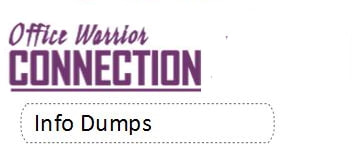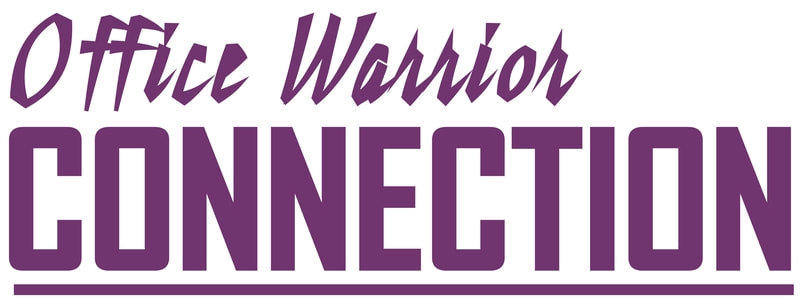|
5/19/2019 Day 19 Eliminate Info Dumps What's an Info Dump? An info dump is an over-explaining of information related to your story that takes the reader out of an active scene. It is "dumping" a lot of information all at once and leaving it to your reader to figure out how it relates to your story or the scene and why its important to your main character. New writers will sometimes do info dumps near the beginning of a story when they are providing backstory, explaining magic elements, scientific facts, or historical events when instead they should be introducing the reader to the main character in their current environment and situation. Is all info dumping bad? No. Very specific and intentional Info dumping can be used as a gimmick. The best example of this is when a narrator telling the story is a specific character and they “take a moment” from their story telling to explain a character’s motivation. Comedic writing can also use it to great effect as they ramp up for a punchline. Science fiction and fantasy writers will also spend more time world building than say a romance writer simply because they are creating a whole new place filled with different rules and elements than what we normally experience. The first quarter of the book Dune by Frank Herbert was painfully slow for me the first time I read it because it goes into painstakingly long descriptions of the spice planet. Some might criticize that, but without the information, the reader would be left wondering why people were behaving and reacting they way they did throughout the story. Even lighter works can use info dumping to great effect. Many teen mysteries and cozies info dump at the end of the story. If you have ever watched any episode of Scooby Doo, you'll have seen this. It's when Fred or Velma explain away the mystery. This sort of info dumping is perfectly accepted. And it's because it's at the end of the story. It's fun because they are walking us through how they used the clues they were given to solve the mystery. The clues are what is sprinkled through the beginning of the story, not the an info dump. We are faced with two questions when examining our own stories for info dumps. First, How do we spot the bad ones? And second, how do we fix them? How Do We Find Info Dumps? One of the easy ways to spot an info dump in your work is to look for long paragraphs. You can skim your chapters for very long paragraphs and then zoom in on them to see if you have dumped a chunk of information on the reader. Another way you can find your info dumps is to think about the places in your story where you know you added backstory or flashbacks, or spent time describing abilities (magical or otherwise), technology, rules of law, fantasy creatures/races, etc. Once you find a paragraph that you think might be questionable, here's what to ask yourself:
Exercise: Find and Fix Info Dumps Info dumping done poorly is often associated with lazy writing by "the people in the know" and boring by readers who don't see it for what it is but sense that it's there, so it's worth the time spent in fixing it. So, how do we do a sufficient bit of world building without dumping all the exposition all at once? "All at once" might give you the biggest clue. The goal should be to roll out large chunks of information in smaller bits throughout the story.
Methods for fixing Info Dumps
Return to the Table of Contents Go to Day 20 - Show or Tell Comments are closed.
|

 RSS Feed
RSS Feed
